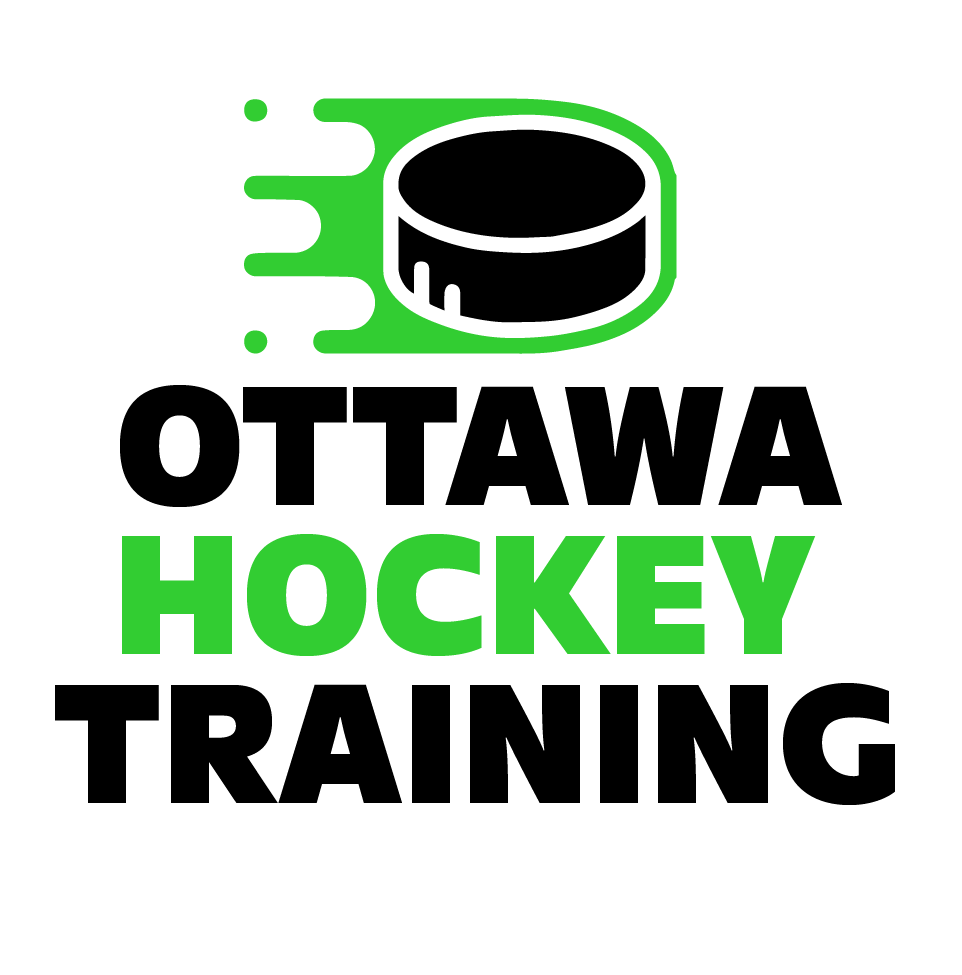LEADING
Parents and students have asked about some of the differences between what we teach at Goalie Army Academy and others within the market with in-crease movement and how our students make saves. The main difference between us and the competition comes down to positioning and timing. We teach our students that it makes more sense to put as much mass in the direct line of shots at the correct timing rather than setting up a rebound for the opposition. We do this by timing the body and angling the shoulders with the speed and angles that the puck travels in order to be in position at all times. Our competition will train their students to extend their limbs in front of shots during cross-crease slides. This method is called Leading. The perceived logic behind leading is to extend one’s closest arm and leg toward the shot for close-in plays to cut down on the angles that the puck may travel. This method may sound like it has some logic, but let’s examine the holes in this technique.
A goaltender will lead with the pad, and reach with the glove or blocker in order to cut down on the angles that the puck may travel, however this method increases the chances of a rebound, and allows the opposition another chance at the net. By reaching toward the puck, the goaltender is throwing their weight distribution and balance off and therefore, may not be able to respond quickly in the event of a rebound. Goalie Army Academy promotes placing as much of the body in the path of shots in order to increase the coverage of the net and absorb as much as possible to avoid potential rebounds. Instead, leading will just set up the shooter for a second chance at the net
The teachings of Goalie Army Academy will allow a goaltender’s mind to process less options in a shorter amount of time. This is because the arms of the goaltender are held tightly against the body in order to close any gaps between the body and the arms during a butterfly slide. By doing so, the goaltender understands that if the puck is not shot directly at him, he will have to react outward to their side with their arm. In comparison, leading opens holes between the body and the arms, throws off the balance of the goaltender, and makes it harder to regain position in the event that the rebound travels to the opposite side of the net. By doing so, the goaltender will need to process an additional option as they will now have to think that if the puck is not travelling directly at them, then they will have to react inward with the arms, or outward. This may not seem like too big of a deal, however in a game where the goaltender needs to process his thoughts and react accordingly, every fraction of a second counts. If a goaltender may limit the options to two rather than three or four, he will be able to react faster to the shots that he faces. Goalie Army Academy places additional emphasis on balance and weight distribution through evenly distributing the weight of the goaltender over their knees when sliding. This will allow the goaltender to be able to react quickly in the event that they need to change direction of their slides, as well as ensure that they are able to cover as much of the top of the net at possible through keeping their back upright in addition to maximum coverage of the bottom of the net. As our goaltenders progress, they will be able to control their slides without the requirement of going through the movement of 2-3 C-cuts to gain momentum prior to being able to transition into a butterfly slide, and be able to turn their bodies mid-slide in order to remain square to the puck at all angles. This will allow our goaltenders to remain square to the puck at all times in addition to helping them get from point A to point B as quickly as possible.

Leave a Reply